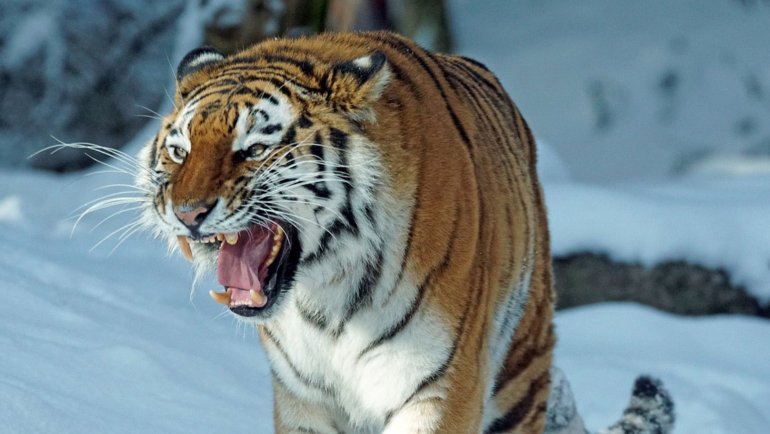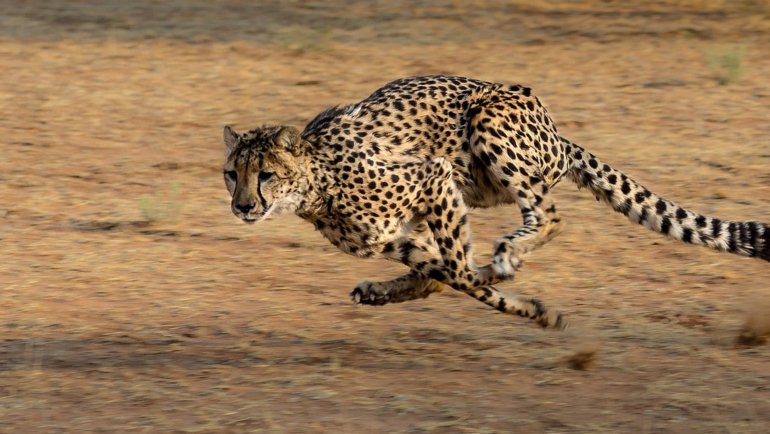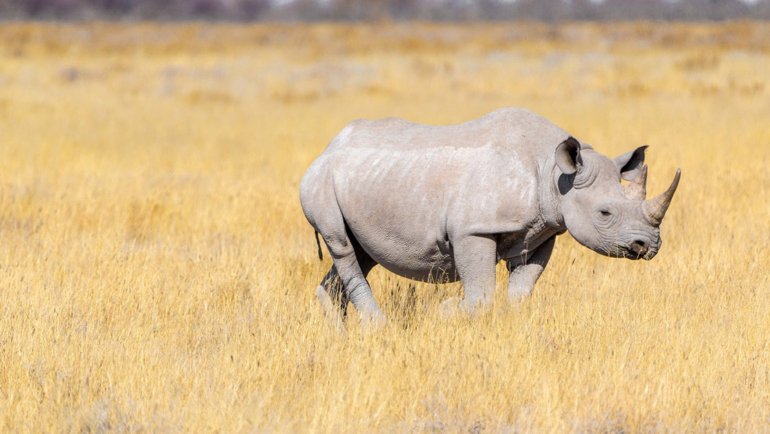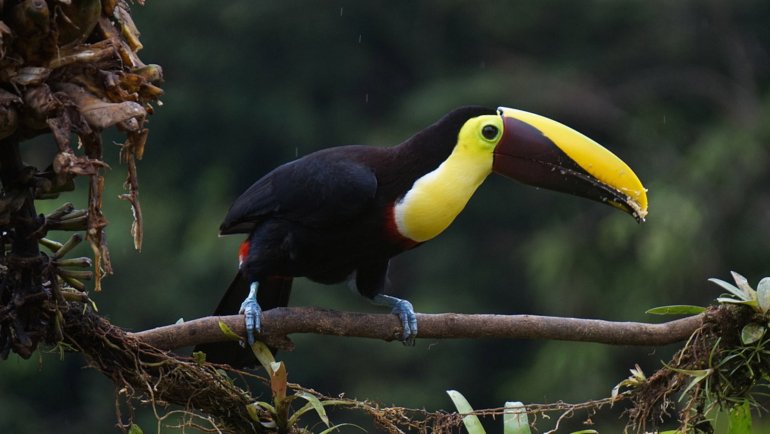Grass is one of the most abundant plants on Earth, and it serves as a crucial food source for a wide variety of animals. Animals that primarily consume grass are known as graminivores, and they play an essential role in maintaining ecological balance in grassland and savanna ecosystems.
From large mammals to tiny insects, grass-eating animals have evolved unique adaptations to digest the tough, fibrous plant material. In this article, we explore the diverse range of animals that eat grass, their digestive adaptations, and their ecological impact.
Mammals That Eat Grass
Mammals make up the largest group of grass-eating animals. They range from massive ungulates to small rodents, each with their own specialized feeding habits.
Ungulates (Hoofed Mammals)
Ungulates are some of the most well-known grass-eating animals. These hoofed mammals have evolved to graze on vast stretches of grasslands, making them a key component of many ecosystems.
- Cows: Domesticated cows are perhaps the most iconic grass-eaters. They are ruminants, meaning they have a multi-chambered stomach that allows them to break down tough cellulose in grass. Cows graze for hours each day, consuming large quantities of grass to meet their energy needs.
- Horses: Unlike cows, horses are not ruminants. Instead, they are hindgut fermenters, meaning they digest grass in their enlarged cecum and colon. Horses are highly efficient grazers and can thrive in environments where other animals struggle to find food.
- Sheep and Goats: These smaller ungulates are versatile grazers that can feed on a variety of grasses and other vegetation. Sheep prefer short grasses, while goats are more likely to browse on shrubs and taller plants.
- Deer: While deer primarily browse on leaves and twigs, they also graze on grasses, especially during certain seasons when other food sources are scarce.
- Zebras: Native to Africa, zebras are wild grazers that spend most of their day eating grass. Their digestive system allows them to process large amounts of low-nutrient grass, making them well-suited to the savannas they inhabit.
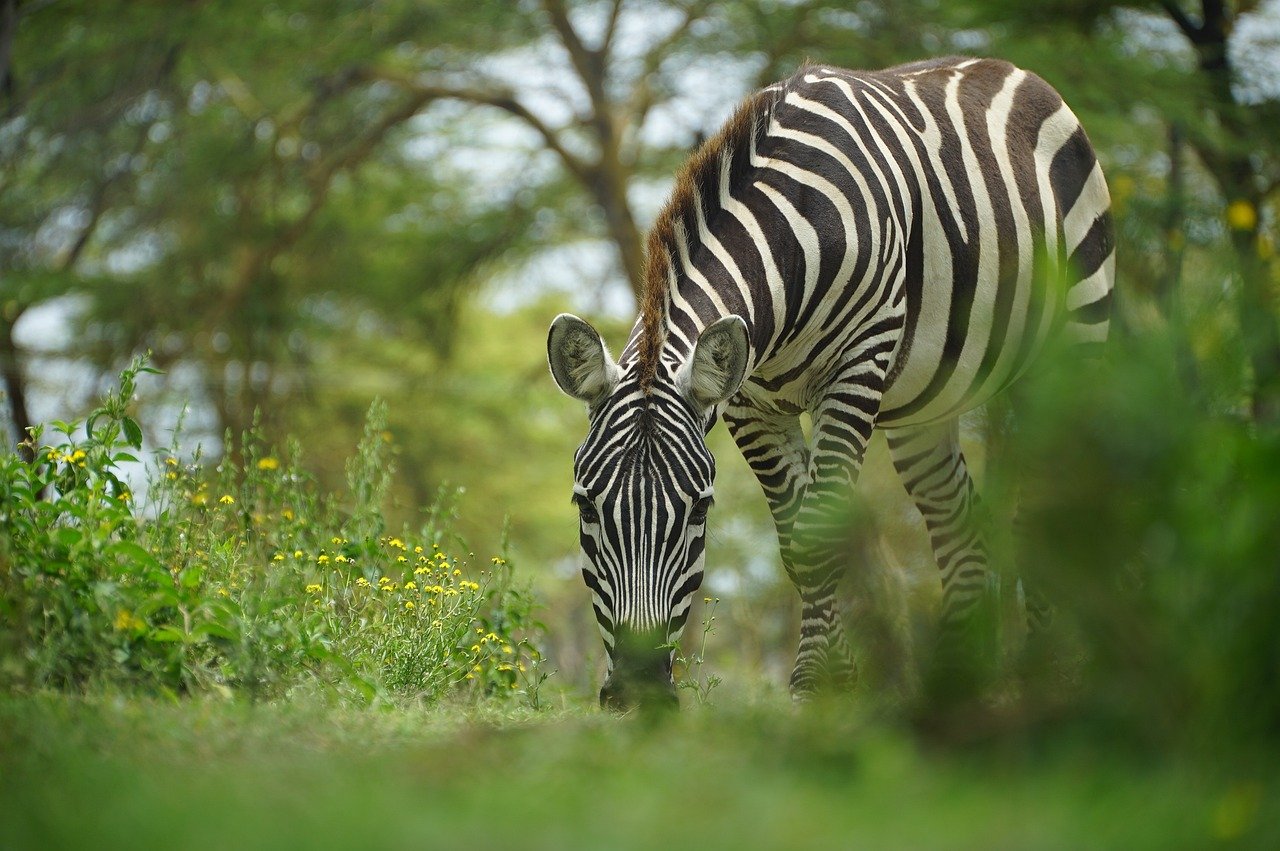
Large Herbivores
- Elephants: Elephants are known to consume vast quantities of grass daily. In addition to grass, they eat leaves, bark, and fruit, but grass makes up a significant portion of their diet. Their massive size and appetite mean that elephants have a substantial impact on the landscapes they inhabit.
- Hippos: Although hippos spend much of their time in water, they emerge at night to graze on grass. These semi-aquatic mammals can consume up to 80 pounds of grass in a single night.
Marsupials
- Kangaroos: Native to Australia, kangaroos are grazers that primarily feed on grass. They have a unique digestive system with fermentation chambers that help them break down fibrous plant material.
Rodents
- Capybaras: The world’s largest rodent, the capybara, primarily grazes on grasses. Found in South America, these social animals spend much of their time near water, where they can find abundant grass to eat.
- Rabbits: Rabbits are small mammals with a diet mainly consisting of grass and hay. They have a unique digestive process called coprophagy, where they eat their own feces to extract additional nutrients from their food.
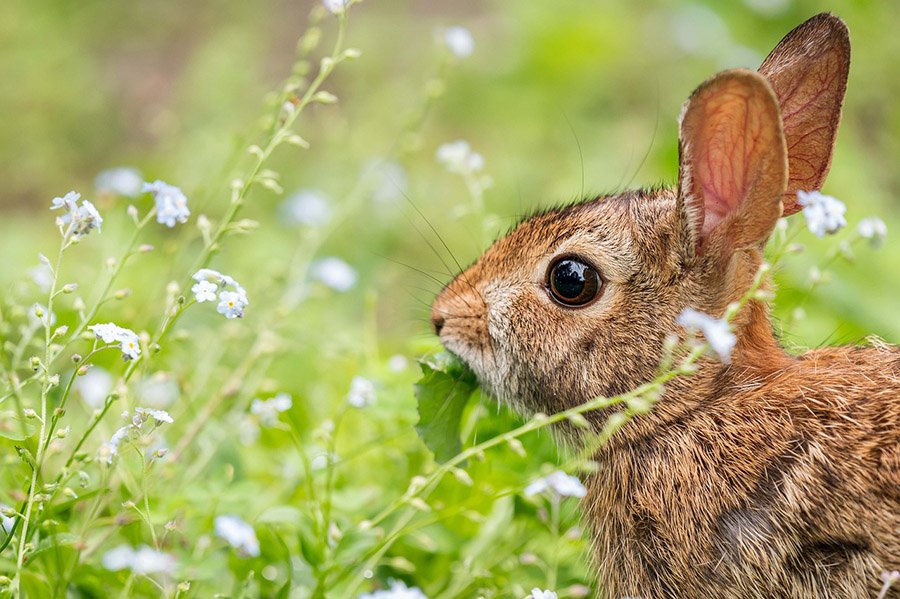
Birds That Eat Grass
While birds are not typically associated with grazing, several species consume grass as part of their diet.
Waterfowl
- Geese: Geese are migratory birds that graze on grasses in wetlands and fields. They have specialized bills that allow them to clip grass efficiently. Geese are often seen feeding in pastures and along riverbanks.
Parrots
- Cockatoos: Some species of cockatoos consume grass seeds and shoots. These birds use their strong beaks to crack open seeds and strip grasses of their tender parts.
Insects That Eat Grass
Insects play a significant role in grassland ecosystems by feeding on grasses and other vegetation.
Orthoptera
- Grasshoppers: Grasshoppers are some of the most recognizable grass-eating insects. They use their strong mandibles to chew through tough grass blades. In large numbers, grasshoppers can cause significant damage to grasslands.
Lepidoptera Larvae
- Armyworms: The larvae of certain moth species, known as armyworms, feed on grasses and cereal crops. These caterpillars can form large infestations, causing extensive damage to agricultural fields.
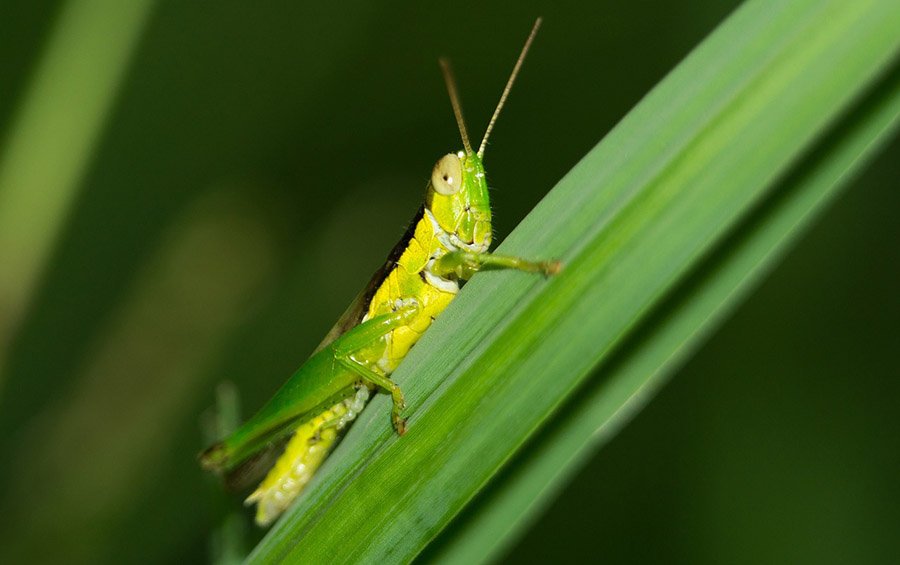
Reptiles That Eat Grass
Some reptiles have adapted to a herbivorous lifestyle, with grass forming a part of their diet.
Tortoises
- Sulcata Tortoise: Also known as the African spurred tortoise, the sulcata tortoise primarily feeds on grasses. These large tortoises are found in arid regions and are well-adapted to survive on low-nutrient grasses.
Carnivores That Occasionally Eat Grass
While grass is primarily consumed by herbivores, some carnivorous animals are known to occasionally eat grass. This behavior is often observed in predators such as lions, wolves, and domestic dogs.
- Lions: Although lions are apex predators and primarily eat meat, they have been observed eating grass occasionally. This behavior is believed to help them induce vomiting to clear their stomachs of indigestible matter, such as fur or bones.
- Wolves: Similar to lions, wolves may eat grass to aid digestion or induce vomiting. Grass consumption in wolves is generally not related to nutrition but rather to digestive health.
- Domestic Dogs and Cats: Pet owners may notice their dogs or cats eating grass from time to time. This behavior is usually linked to digestive issues, as grass can help these animals vomit and relieve stomach discomfort.
The occasional grass-eating behavior of carnivores highlights that grass may serve a secondary role in the diets of some animals, primarily for medicinal or digestive purposes rather than nutrition.
Digestive Adaptations for Grass Consumption
Digesting grass is no easy task, as it contains tough cellulose that most animals cannot break down easily. Grass-eating animals have developed various adaptations to help them extract nutrients from this fibrous plant material.
Ruminants
Ruminants, such as cows and sheep, have a multi-chambered stomach that allows them to ferment and break down cellulose. The process involves regurgitating partially digested food (cud) and chewing it again to aid in digestion.
Hindgut Fermenters
Horses and rabbits are examples of hindgut fermenters. They have an enlarged cecum and colon, where microbial fermentation takes place, allowing them to digest fibrous plant material efficiently.
Specialized Dentition
Grass-eating animals often have specialized teeth adapted for grinding tough plant material. Herbivores typically have large, flat molars that help them break down fibrous grass.
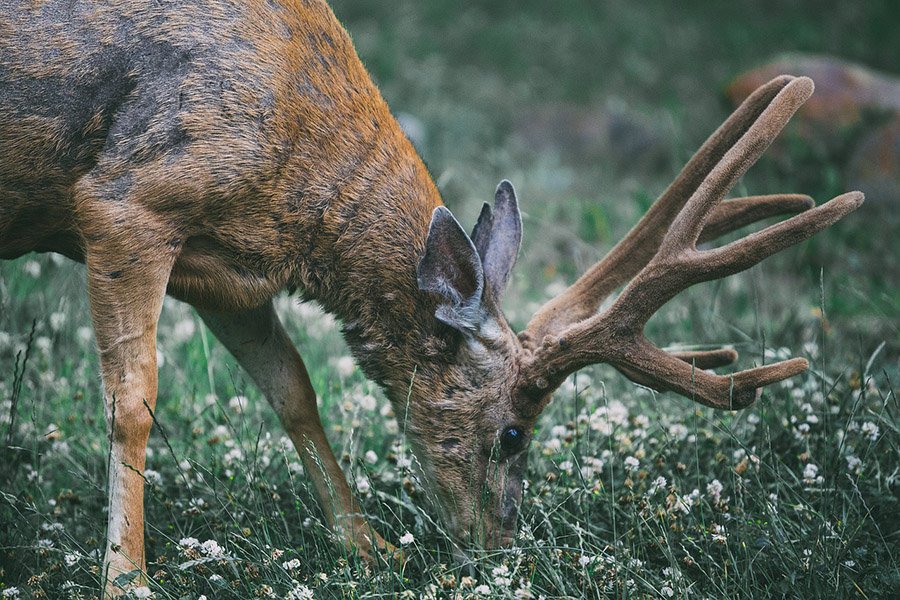
Ecological Impact of Grass-Eating Animals
Grass-eating animals play a crucial role in shaping landscapes and maintaining ecosystem balance.
- Shaping Landscapes: Grazing animals help maintain open grasslands by preventing the overgrowth of shrubs and trees. This process creates habitats for other species and promotes biodiversity.
- Nutrient Cycling: By consuming grass and excreting waste, grazers contribute to nutrient cycling in the soil. Their droppings enrich the soil, promoting plant growth.
- Plant Community Composition: Grass-eating animals influence the types of plants that grow in an area. Overgrazing can lead to changes in plant composition, favoring certain species over others.
Conclusion
The diversity of grass-eating animals highlights the importance of grass as a food source in ecosystems worldwide. From large mammals like cows and elephants to insects like grasshoppers, these animals have evolved unique adaptations to thrive on a diet of grass.
Their grazing activities play a vital role in shaping landscapes, cycling nutrients, and maintaining ecological balance. Understanding the impact of grass-eating animals can help us appreciate their role in maintaining healthy ecosystems and the challenges they face due to habitat loss and climate change.
